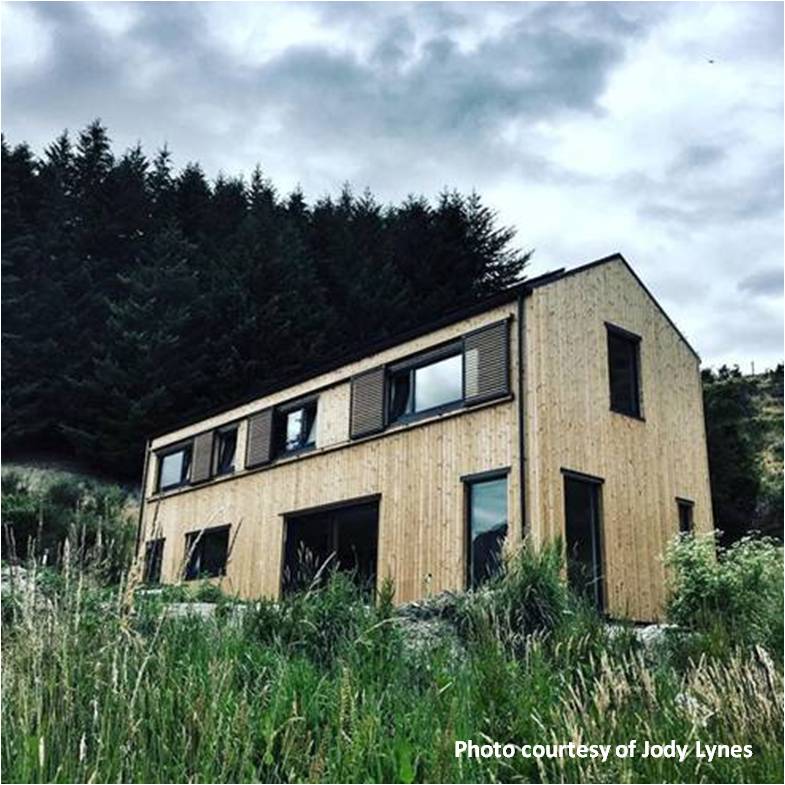| Saving $10,000 Per Year - Could This Be The Most Energy Efficient Home In The World? |
|
Eco-Panels has enjoyed a long relationship wtih the ClimateHouse team in New Zealand. New Zealand is a fairly small country by population and most products are imported. After a long international search for the most complete and energy efficient building system, the expert ClimateHouse team selected Eco-Panels in Mocksville, North Carolina as their go-to building product for both the versatility and highly customizeable nature, as well as of course being the most efficiently insulated building envelope on the market. One of the team recently built his own home out of Eco-Panels, and because it was his own house he was able to try out a few "tricks" that he himself as well as our own company have been talking about over the years of working together. This home is so energy efficient that the few solar panels he has on his roof is able to provide both supplemental power for his own home as well as provide more than enough energy for an electric vehicle, offering an estimated $10,000 payback on an annual basis. Note that if this was a traditionally built stick framed home or a home built with a less efficient panel system he could simply never achieve these results. It is even performing better than the PHPP software has estimated that it would, and according to PHPP this would be the most energy efficient home in the Southern Hemisphere. Remember, you must START with the building envelope - then you pay attention to HVAC, solar panels, etc. To simply stick solar panels on top of a stick framed house is insanity - ensuring forever that you will be losing a large percentage of the power that you generate from solar to envelope inefficiencies. Imagine getting a 30-60% boost in efficiency from your solar panels! This is essentially what Michael of the Climate House team was able to do. With his Eco-Panels home recently featured in a DWELL photo review, the below testimonial offers a brief overview of his feedback. We've certainly had much better performing homes than 0.4 ACH50, but it's still a far cry better than almost every other home in the US: From: Michael Hi Charles, We finally got to run the final airtightness test (had to be independent) in the weekend and got .4 ACH which is well under passive house .6 ACH - so will get certified soon. This is a real test with no gap filling - ie there was a small draft on the large slider door which we did not patch up. I think would be in the .3's easily if it was not for the metail ducting I used from NZ - the returns had small air gaps that I could not tape up, so live an learn. Home is performing really well, as you may be aware this house has not heating or cooling. A clear rule we have is no windows need sun for at least 9 months in temperate climates if passive house (we are considered temperate) so solar shading is really important design feature with a super insulated house. So now with [winter starting and] ground frosts we have been sitting at the assigned 23 degrees (73 deg F) constantly in autumn (manged by the MHRV). So no doubt it works Charles as a compete system. A good friend has an plug in electric hybrid Mitsubishi and he lets us use it when away - this also proves the house can run net zero for energy to power the house and a car for 50km a day (not in middle of winter this is about 50% less solar) but is still working now in autumn. Is still a law of averages but looks to save $100 a week in petrol and we are saving the same in heating/cooling and power so saving $10,000 NZD a year in energy consumption and with a battery (and car that can feed back electricity to house) would be completely energy independent from grid and fossil fuel. Cheers, Michael |


